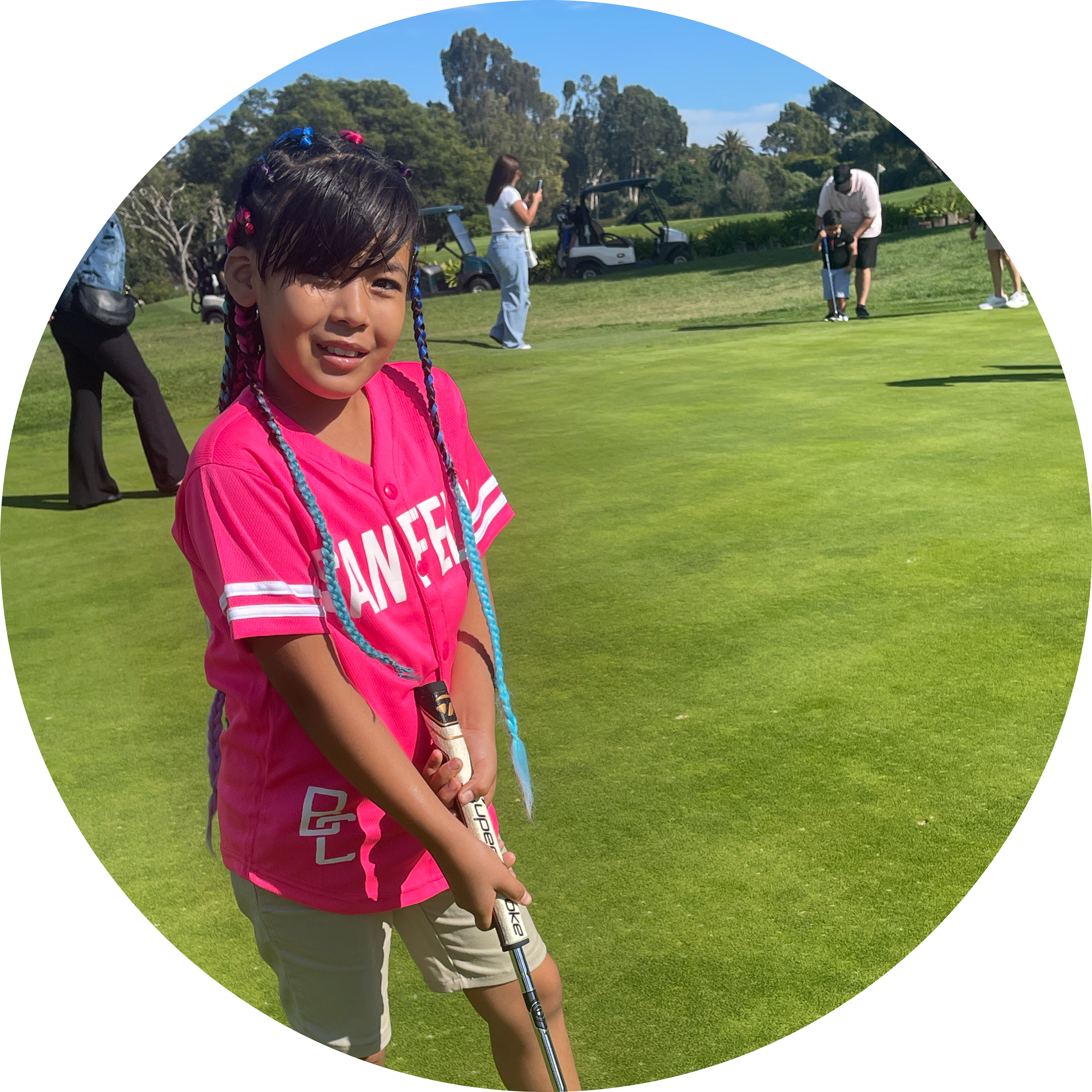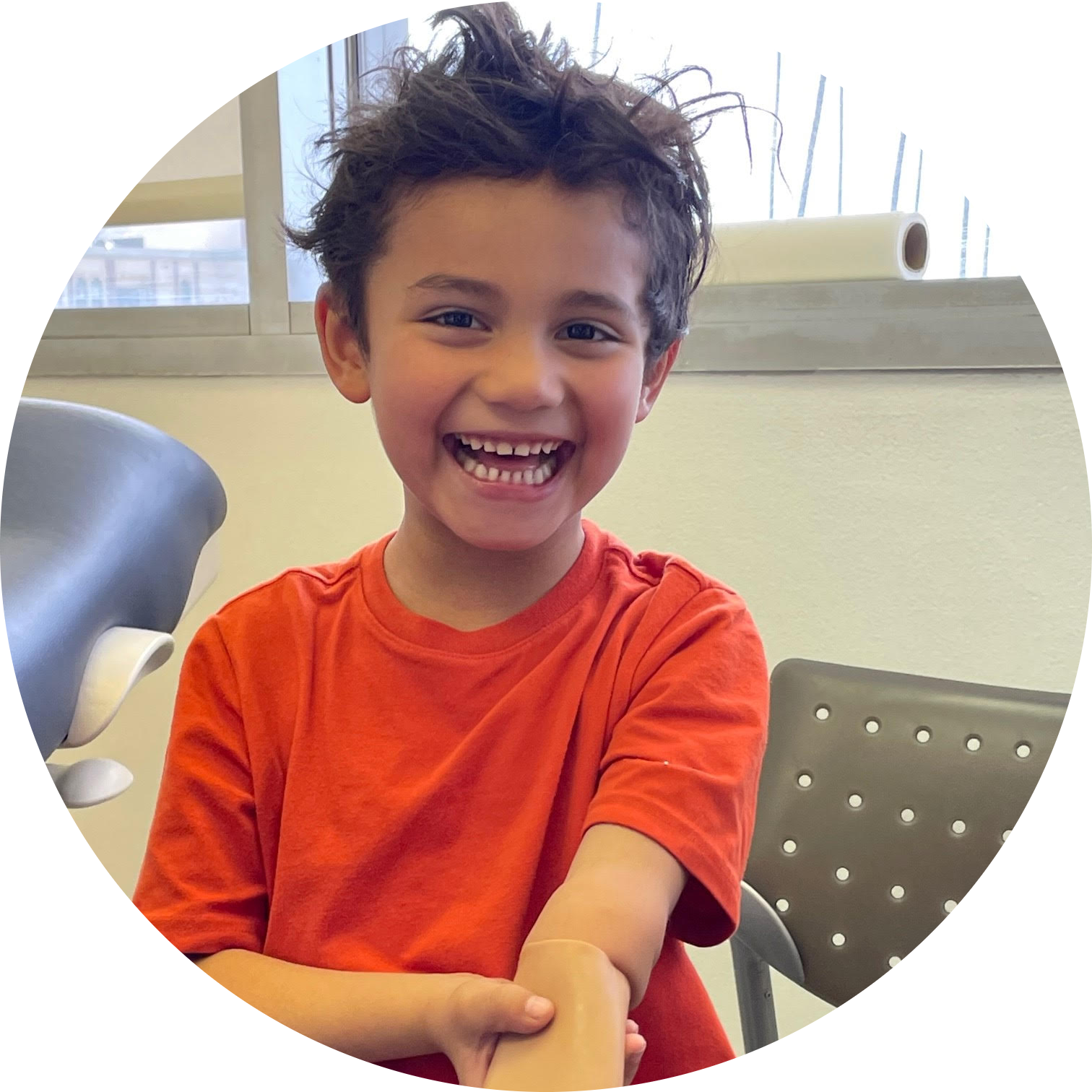
Jenna's Story
“I play a fair amount of sports,” says Jenna McKinney, “especially soccer.” Although the words are casual, Jenna’s eyes light up when she says them. Soccer is clearly a passion for this young woman. That’s why, when Jenna was diagnosed with scoliosis at age 12, she and her family wanted a treatment that would preserve her flexibility – allowing her to continue to play sports. At OIC, Jenna and her family learned about the minimally invasive endoscopic procedure called Vertebral Body Stapling. Choosing this method meant Jenna was able to avoid wearing a hard plastic brace, about 23 hours a day for 2-3 years. The solution required only three months away from the soccer field, which we scheduled around a natural break in Jenna’s team calendar.
“We thought it was worth going through the surgery ,” says Jenna’s mom, Kristen. Jenna confirms the decision. “I play sports just as always, and I am very grateful I had the opportunity to have this operation.”
And, following her surgery, her curvature decreased about 4 degrees, which preserved Jenna’s flexibility – allowing her to continue to play sports. Also, Jenna didn’t have to wear a brace all day long through 8th, 9th and 10th grade, years that are “already tough enough,” says Kristen.
The first pediatric orthopedist the family consulted said Jenna would need to wear a hard plastic brace, about 23 hours a day, for 2-3 years, and that there was a small chance that this still wouldn’t arrest the development of her curvature. If unsuccessful, a spinal fusion would be required. A second orthopedist recommended Orthopaedic Institute for Children. The family spoke with a neighbor who was an orthopedist, and he suggested they see Dr. Anthony A. Scaduto.
Dr. Scaduto confirmed the need for a brace, but also offered an alternate approach that hadn’t been mentioned previously: Vertebral Body Stapling. In this minimally invasive endoscopic procedure, the surgeon inserts staples – in Jenna’s case, six – in the wide part of the spinal curve. This counteracts or slows further development of the curvature. Jenna notes that after her surgery, “my curvature actually decreased about 4 degrees.”
The surgery, as Jenna and her mom, Kristen, explain, is a rarity in the U.S. and the family feels they would never have known about this option had they not consulted a specialist like Dr. Scaduto. It had a higher guarantee of effectiveness than the brace and the method would preserve Jenna’s flexibility – allowing her to continue to play sports. Also, Jenna didn’t have to wear a brace all day long through 8th, 9th and 10th grade, years that are “already tough enough,” says Kristen.
Jenna wears her brace only at night, which she says she has “already gotten used to,” and will stop wearing once she stops growing. Best of all, the solution required only three months away from the soccer field, which Dr. Scaduto scheduled around a natural break in Jenna’s team schedule.
“Jenna came to us at just the right time,” says Dr. Scaduto. “There is a window of opportunity for this operation – the spinal curvature has to be between 25 and 40 degrees and the patient at the right stage in her physical growth. Jenna was there, and the family decided to seize this opportunity.”
“We thought it was worth going through the surgery ,” says Kristen. Jenna confirms the decision. “It’s 18 months after the surgery, and I do not feel any different from before it. I play sports just as always, and I am very grateful I had the opportunity to have this operation.”
Without her innovative treatment, Jenna would not have retained the mobility that allows her to continue her commitment to soccer and other intensive sports.

Arturo

Allison

Ramses
